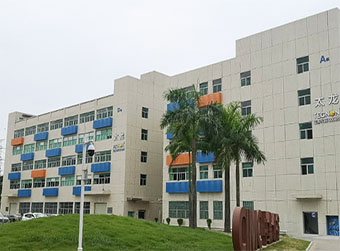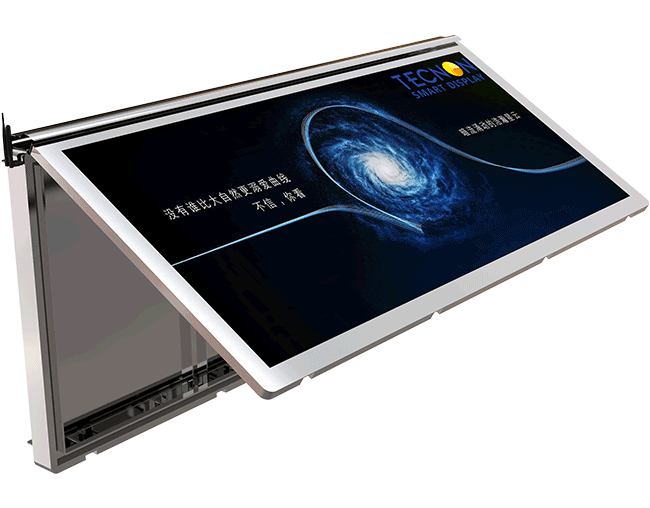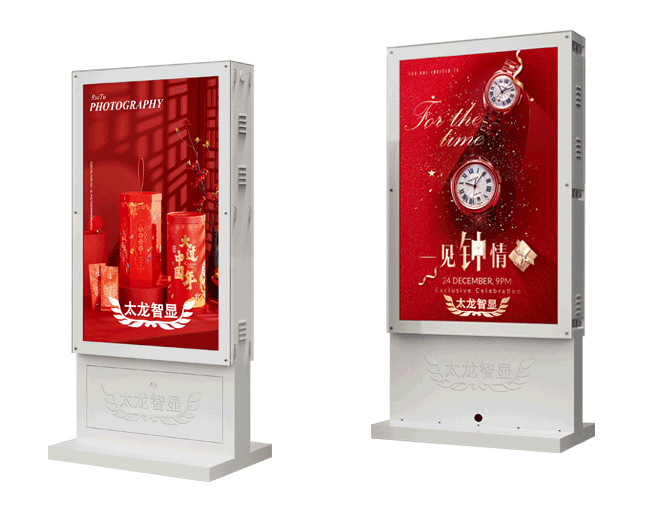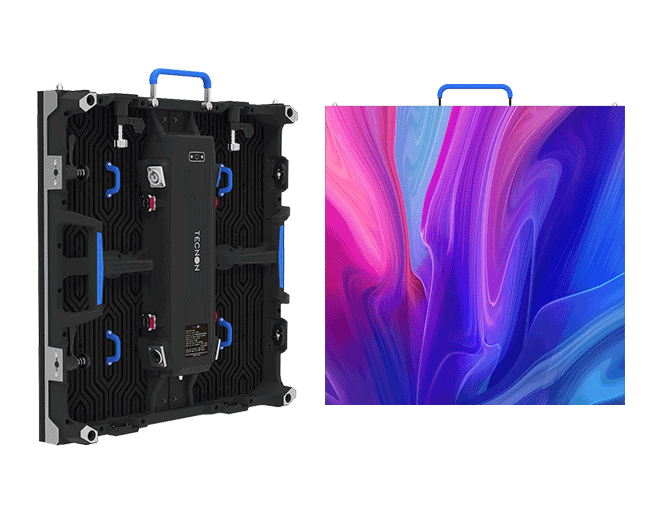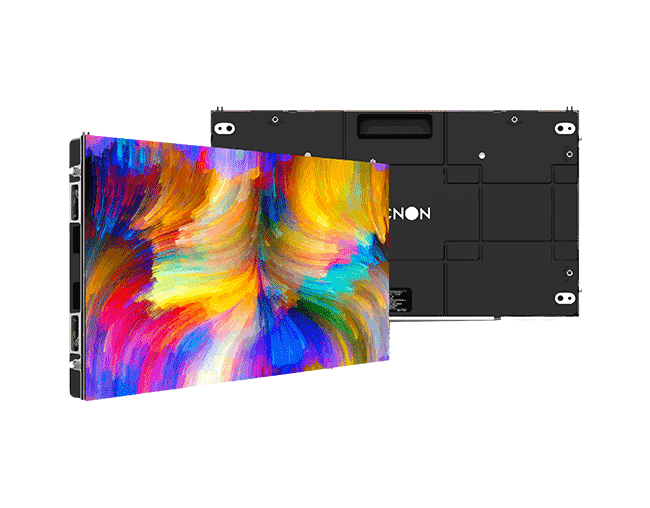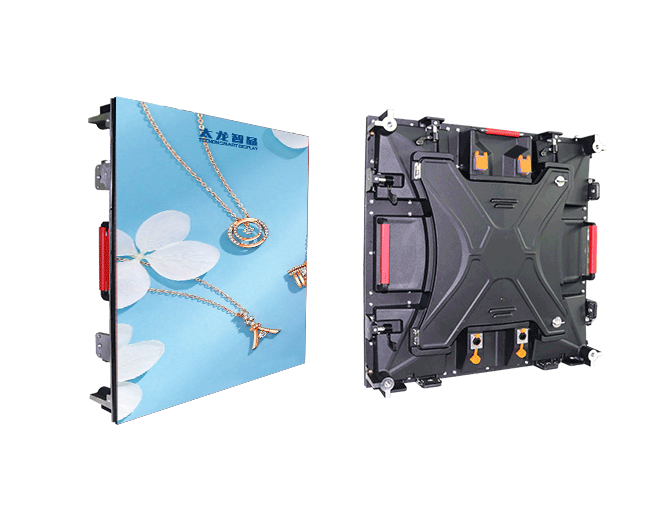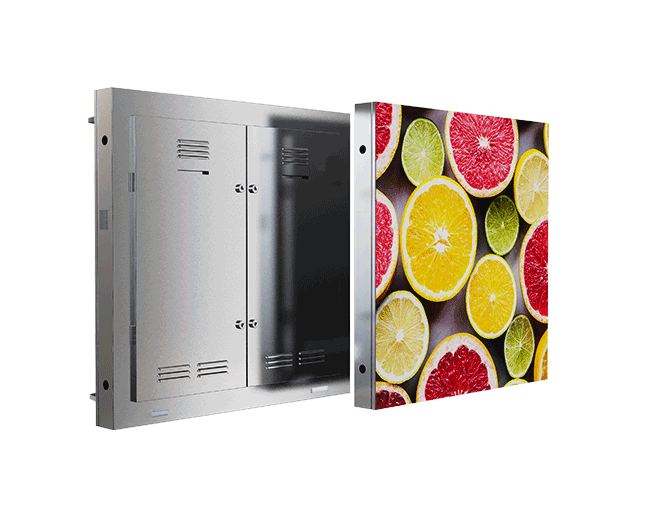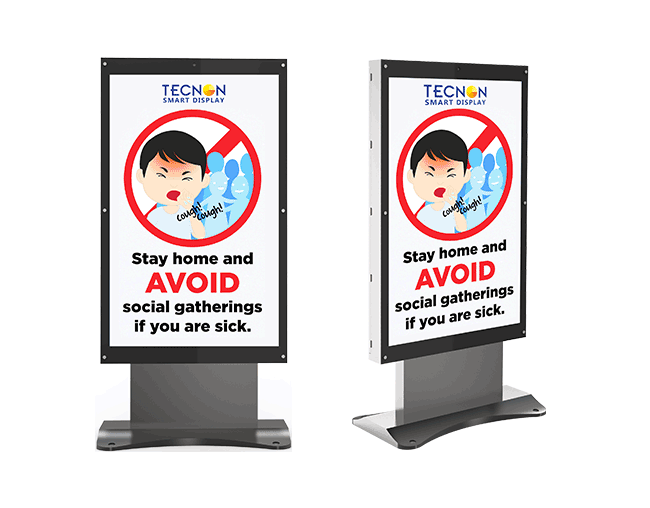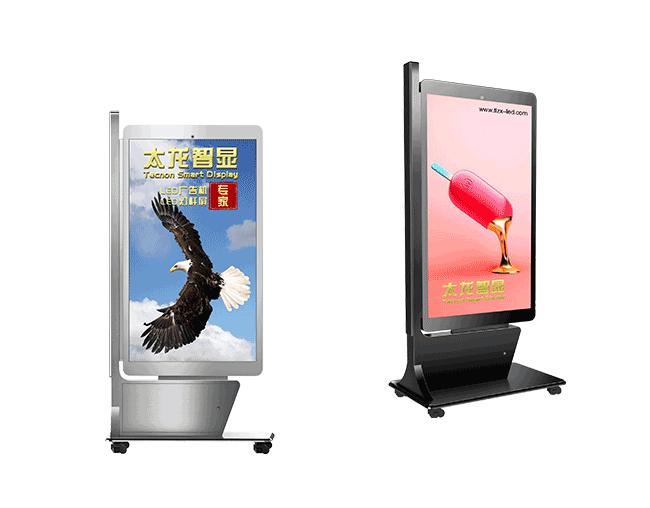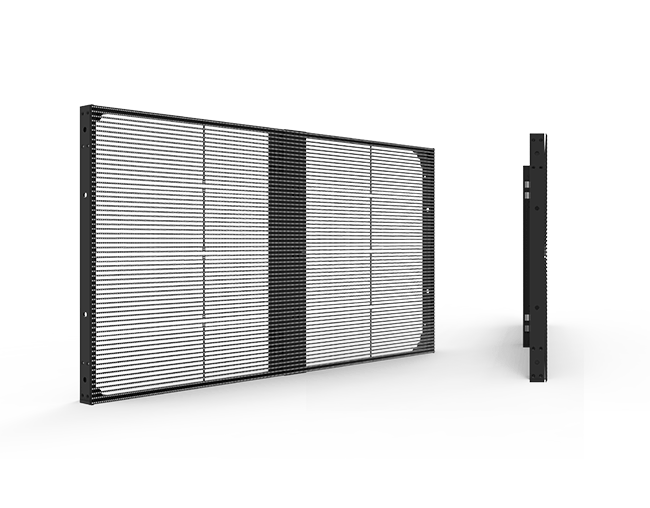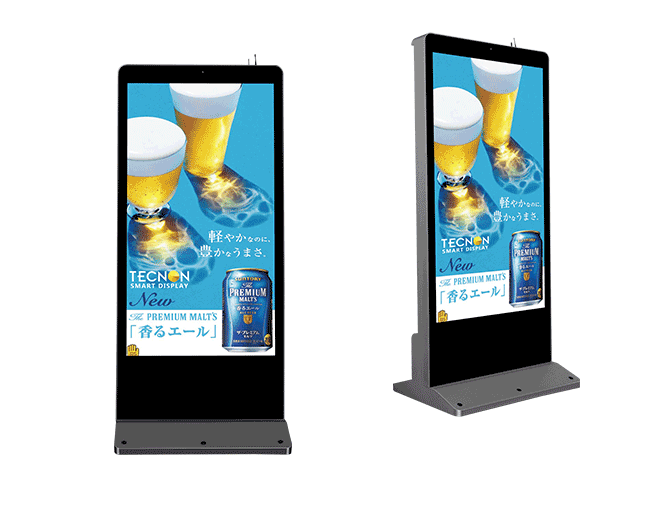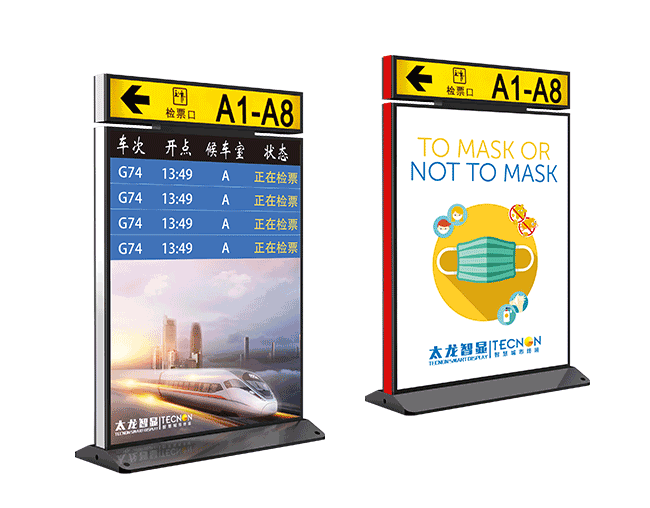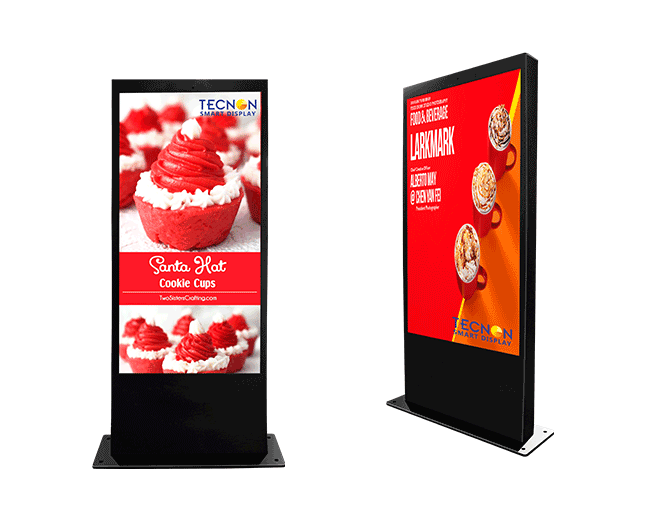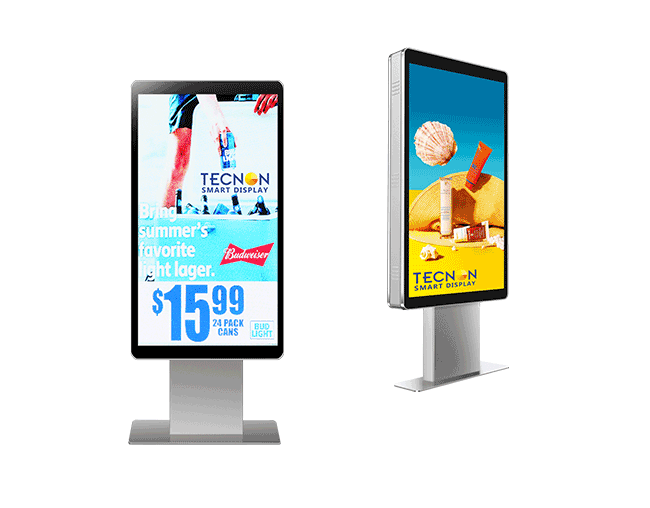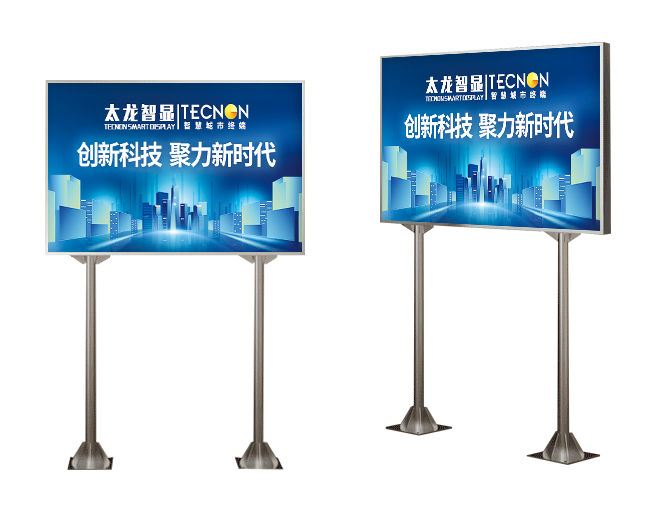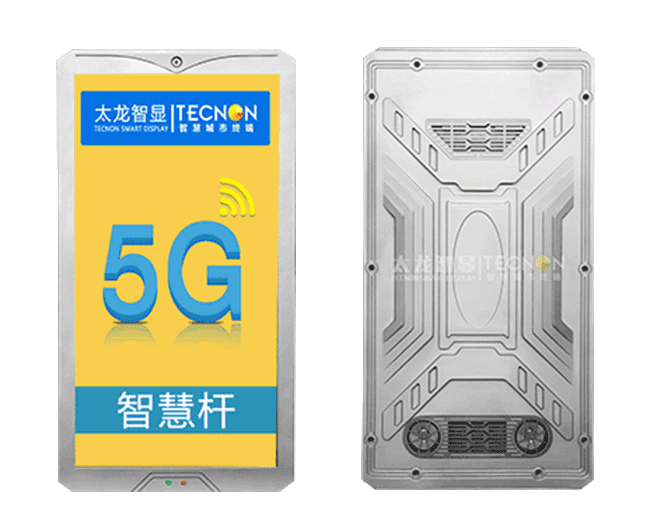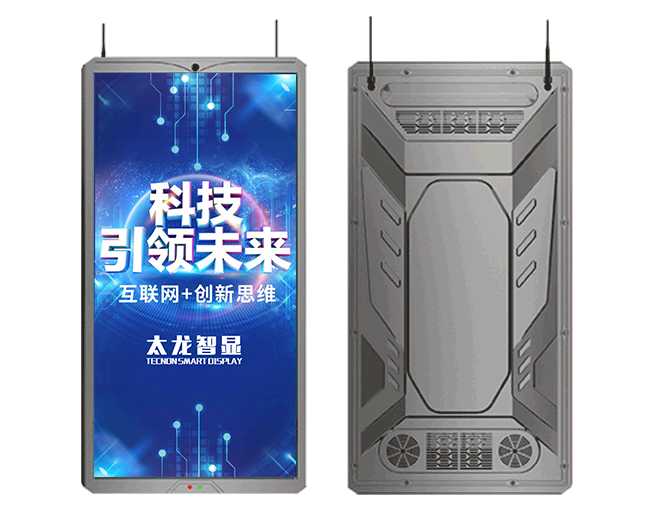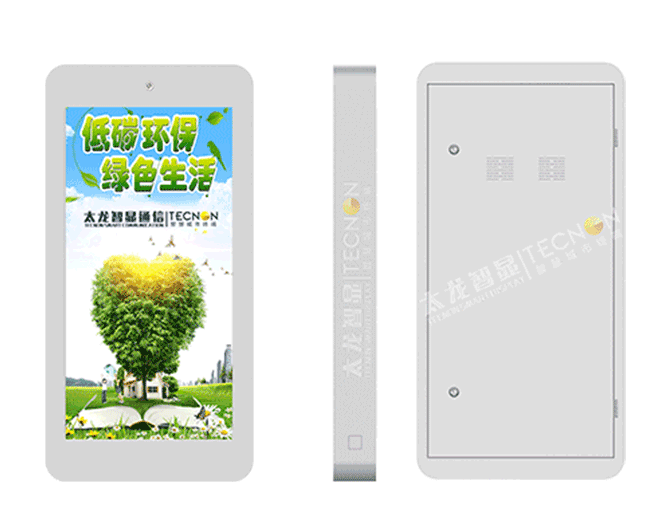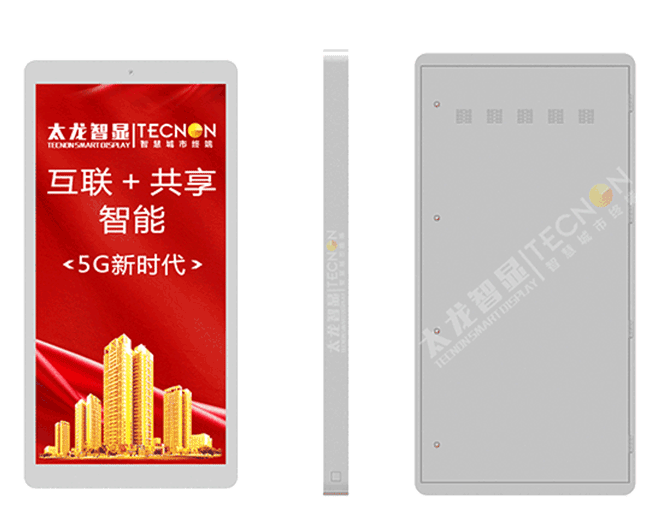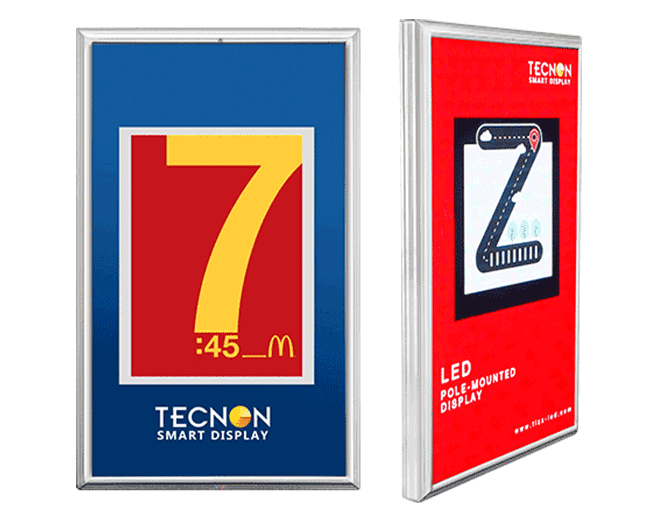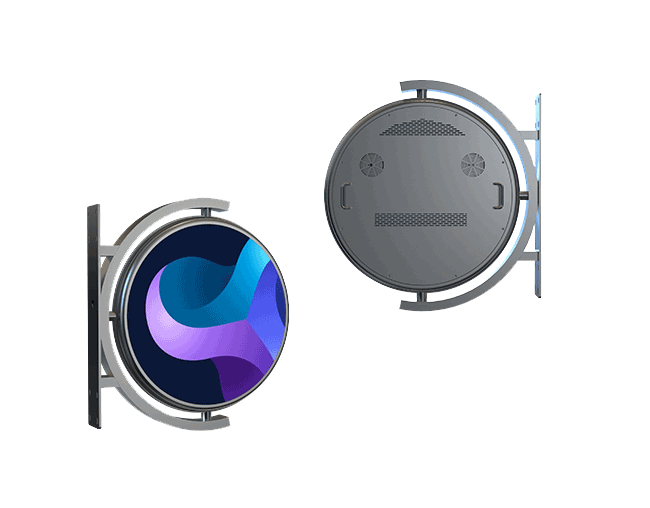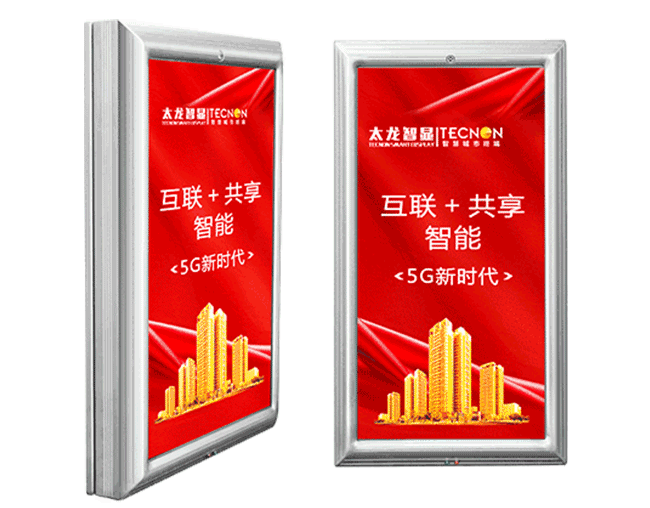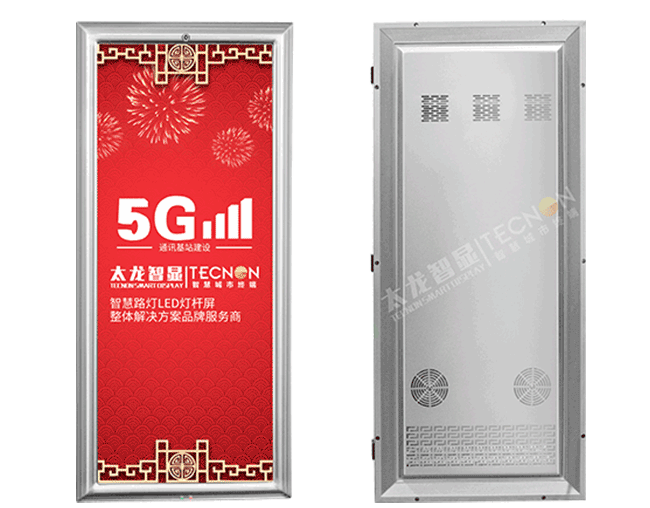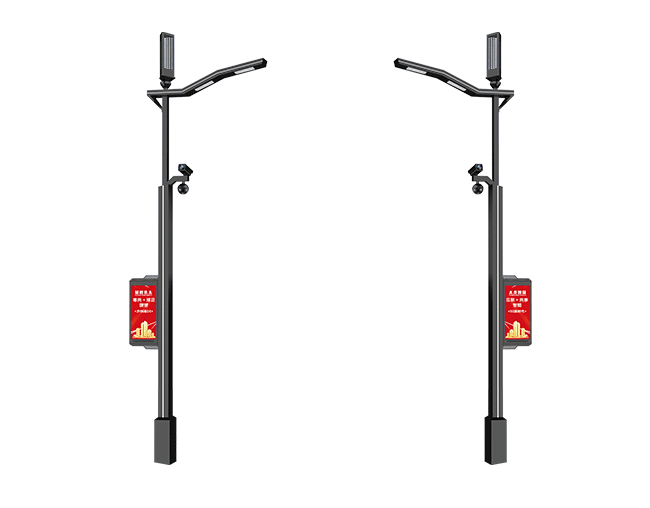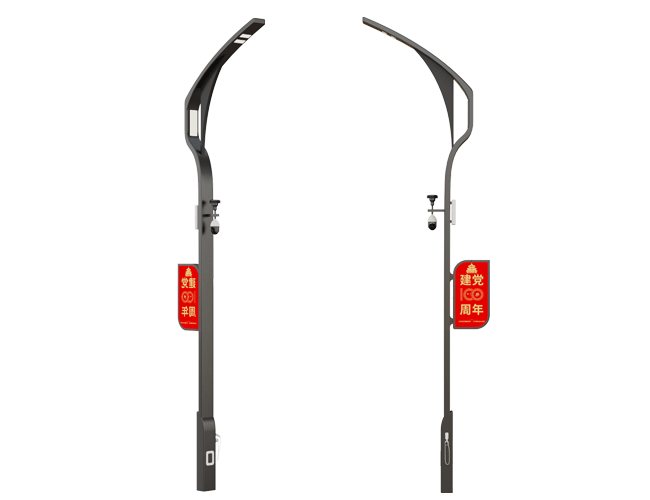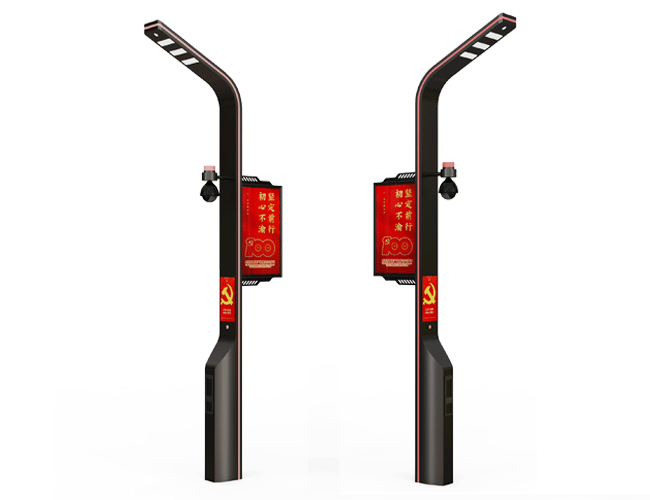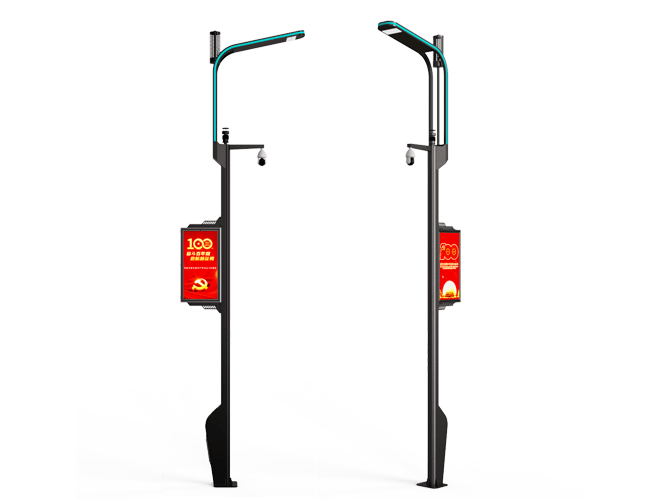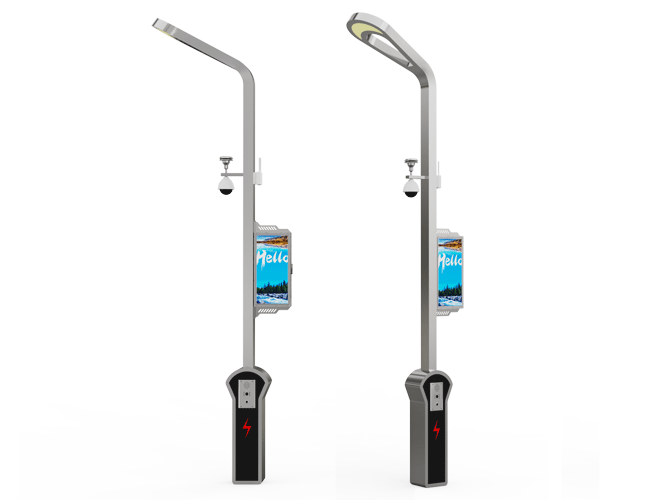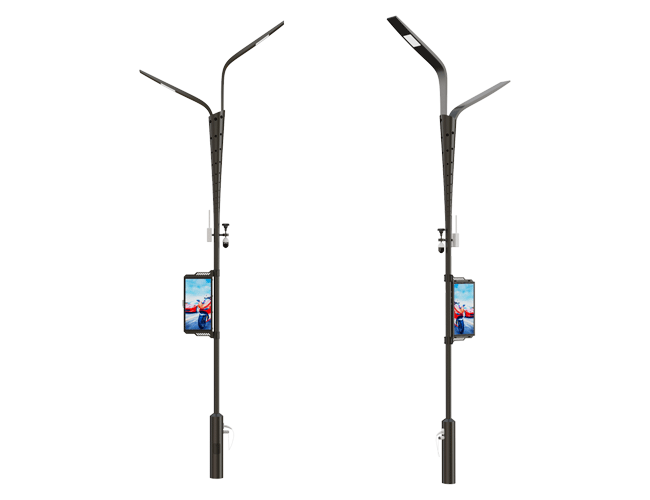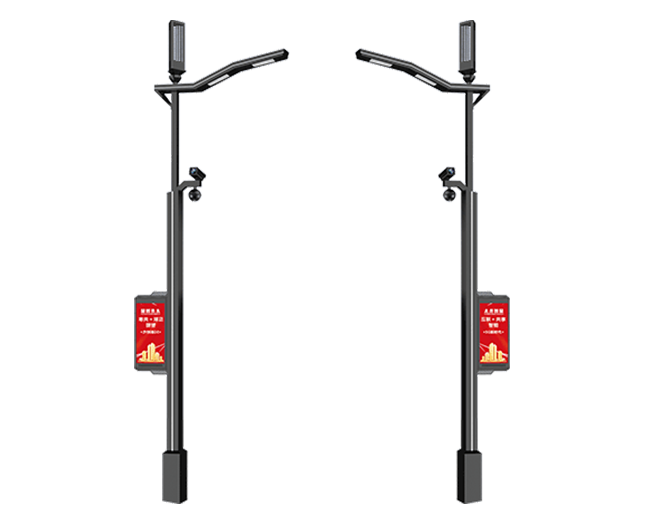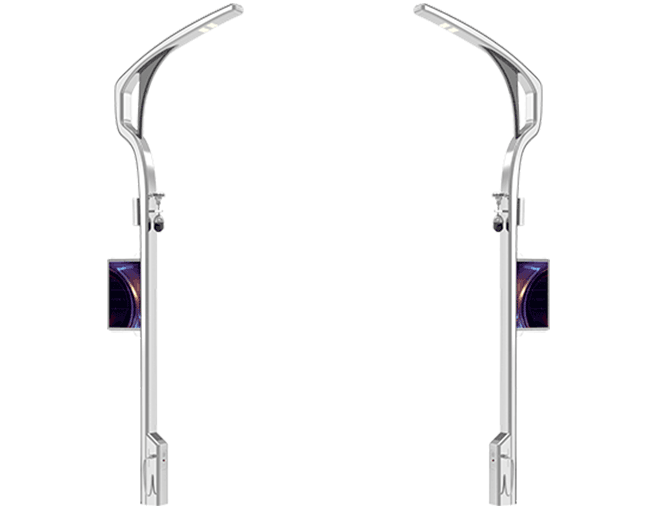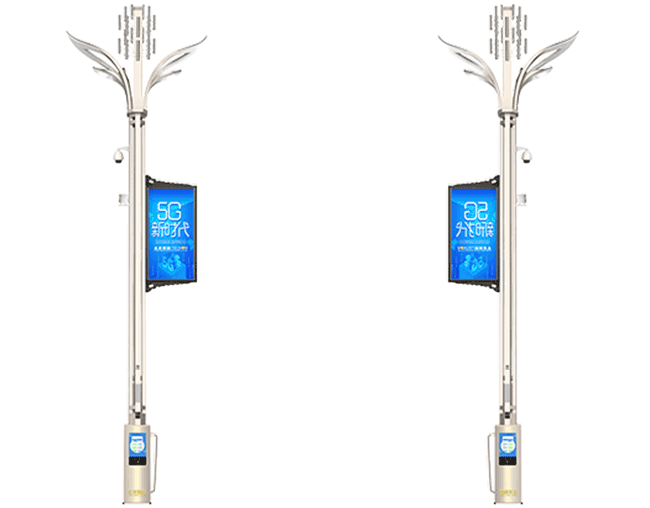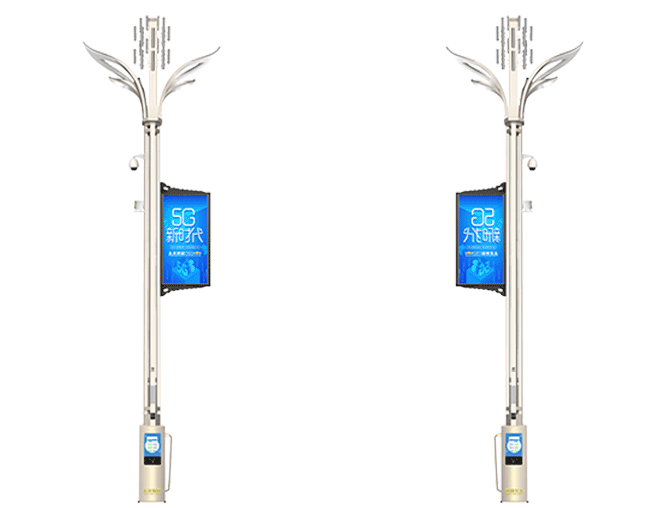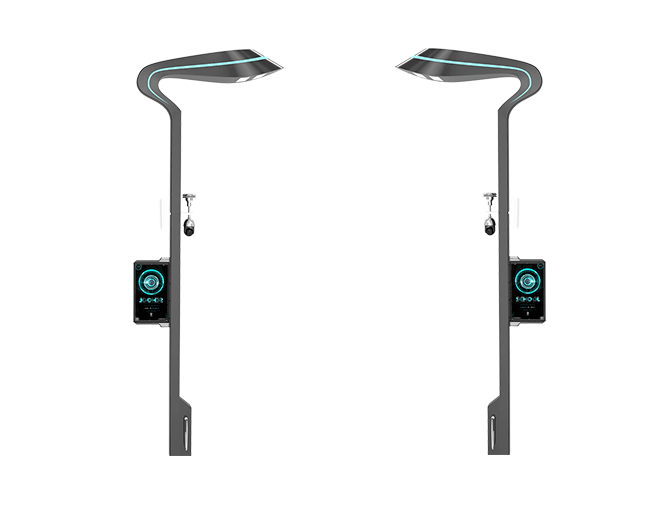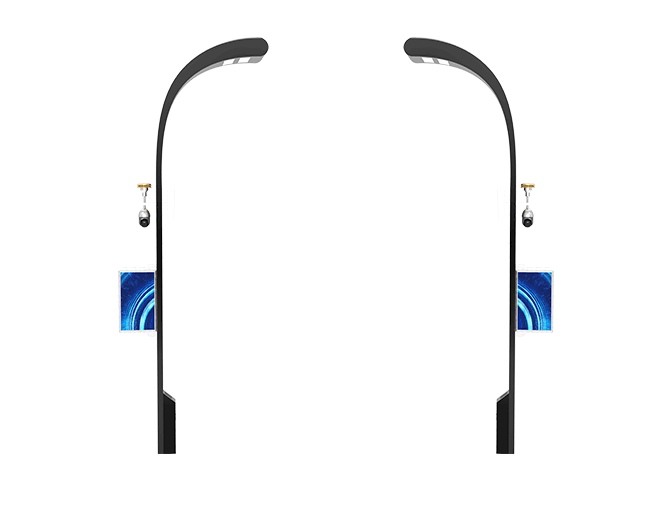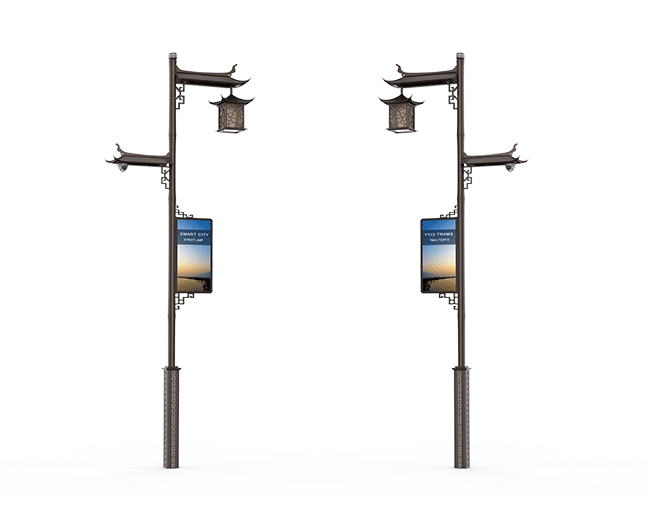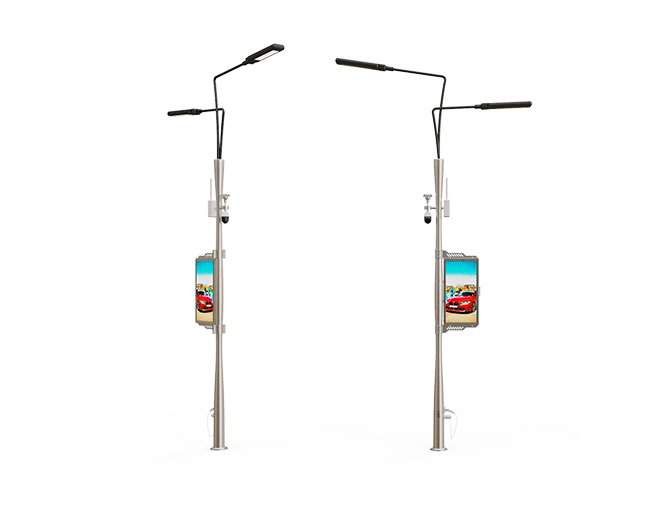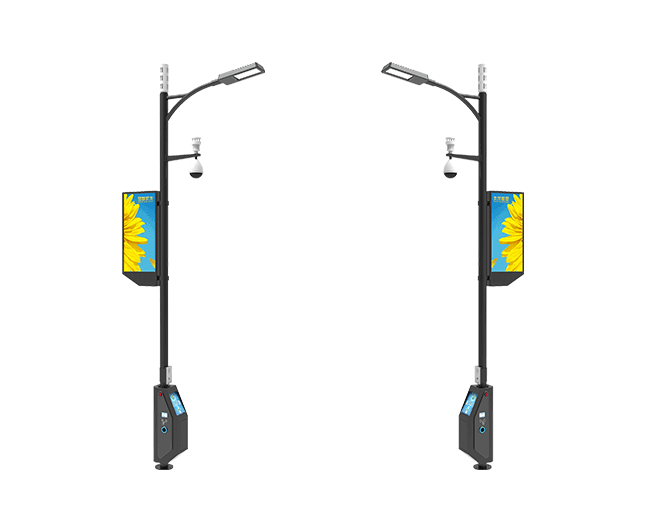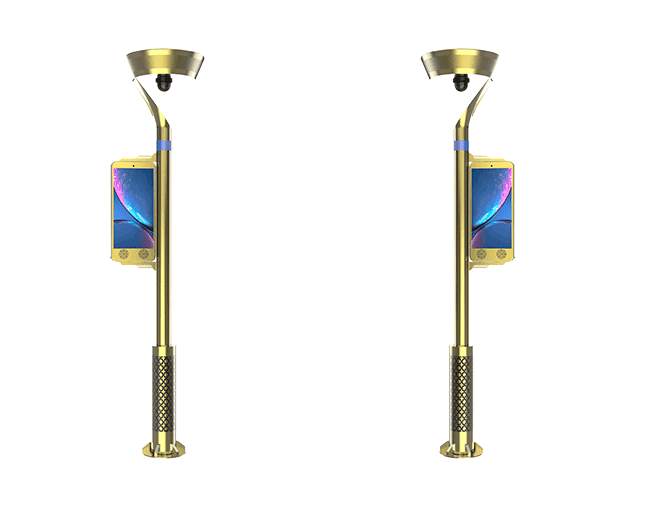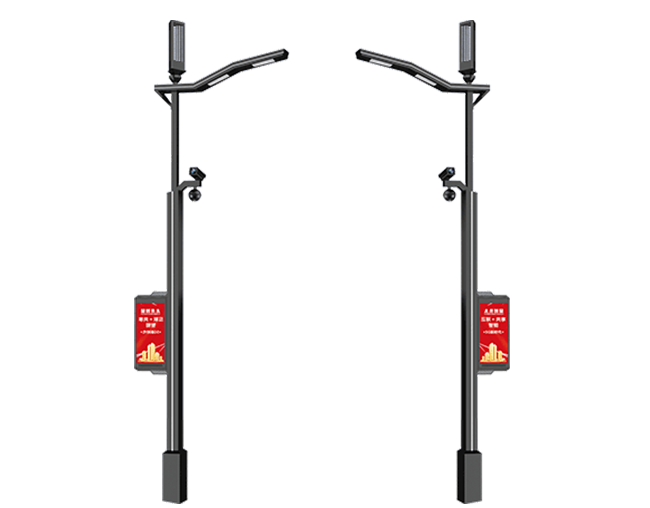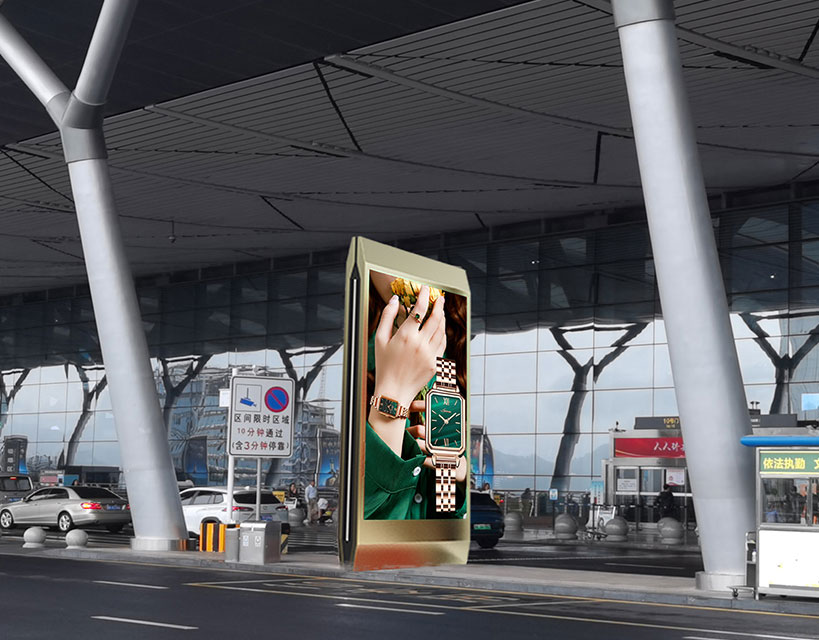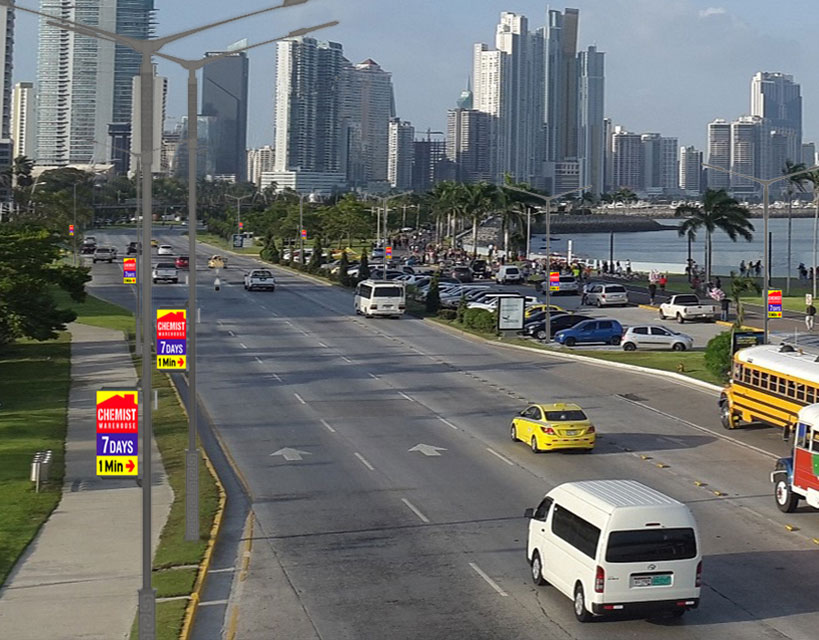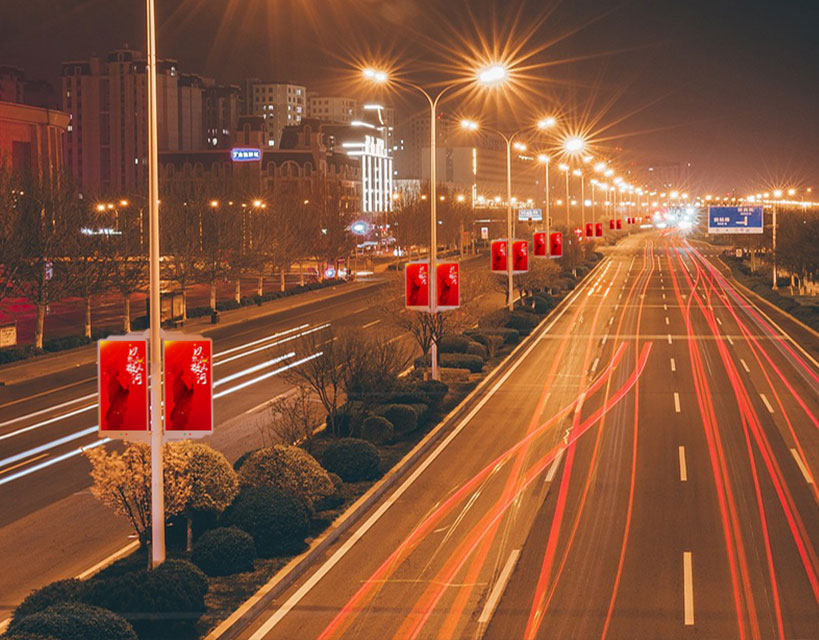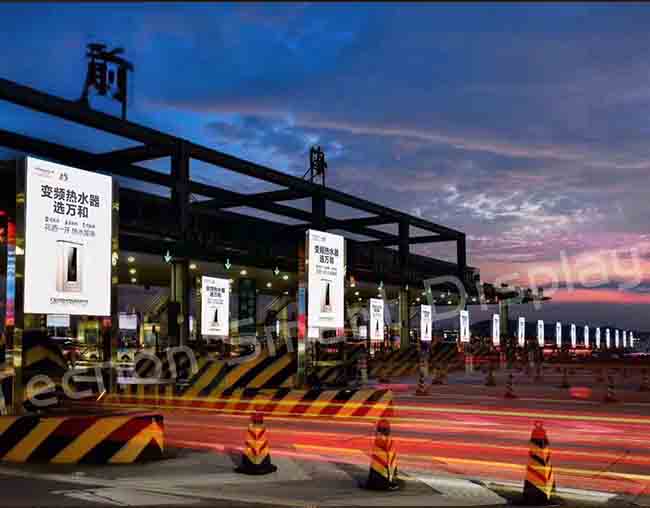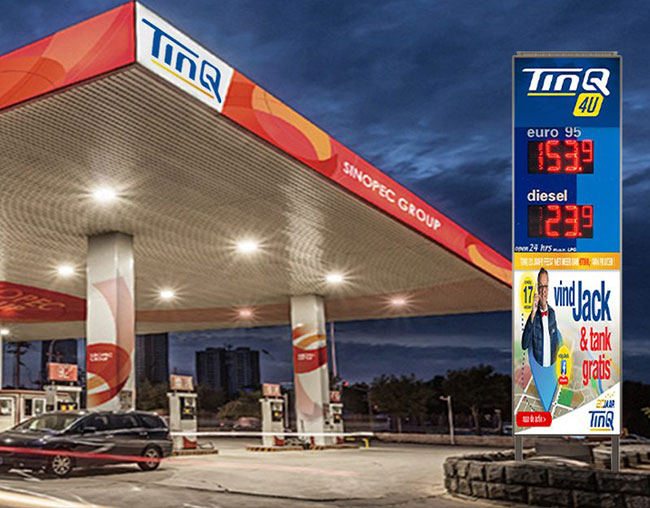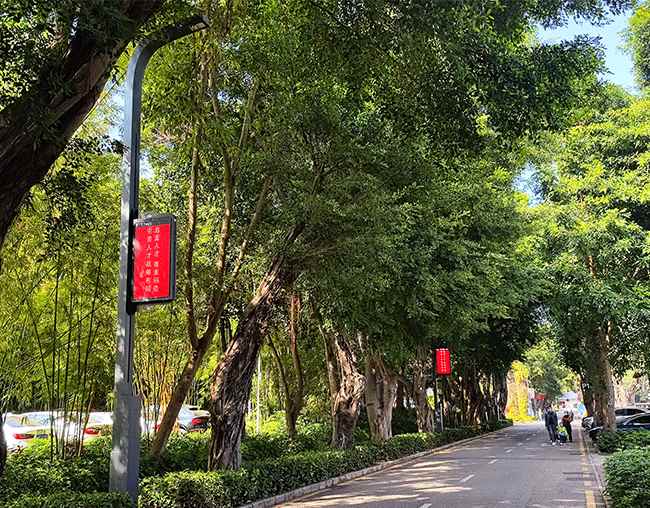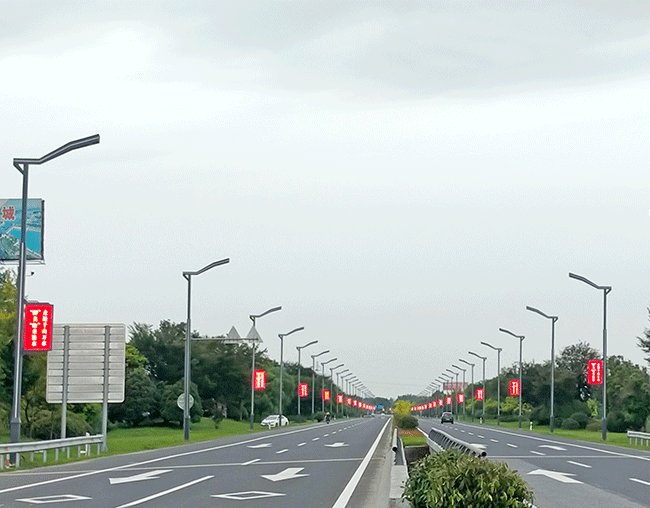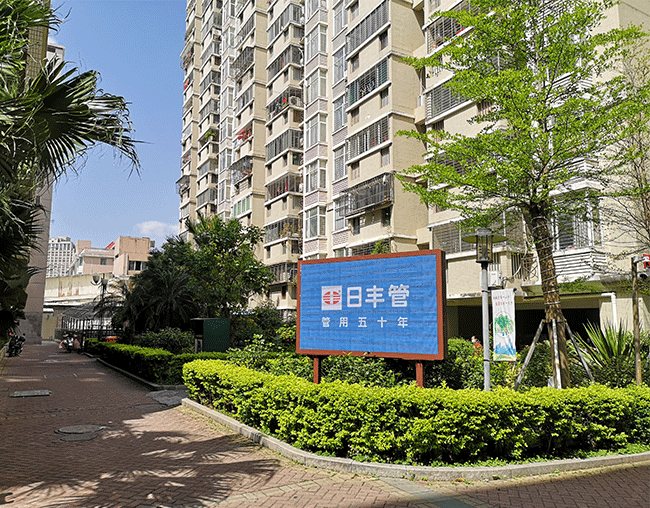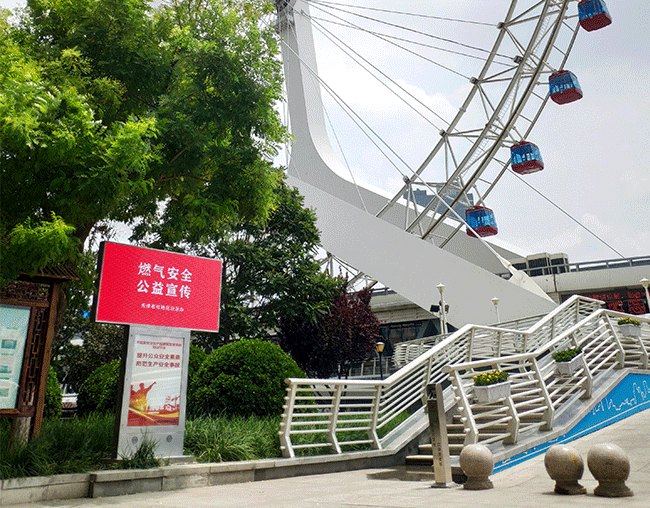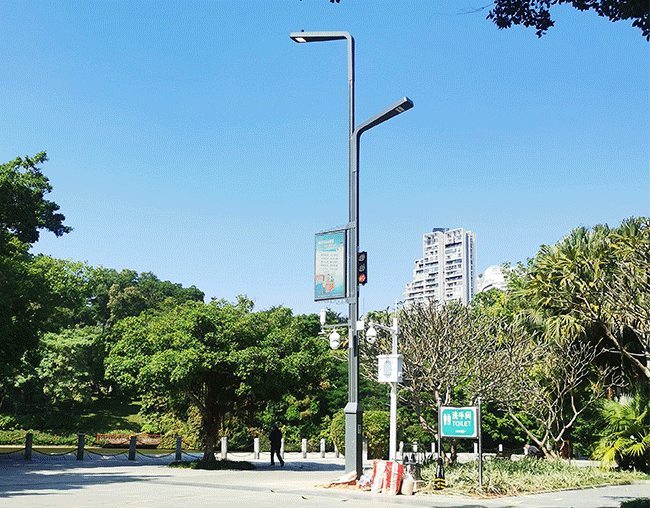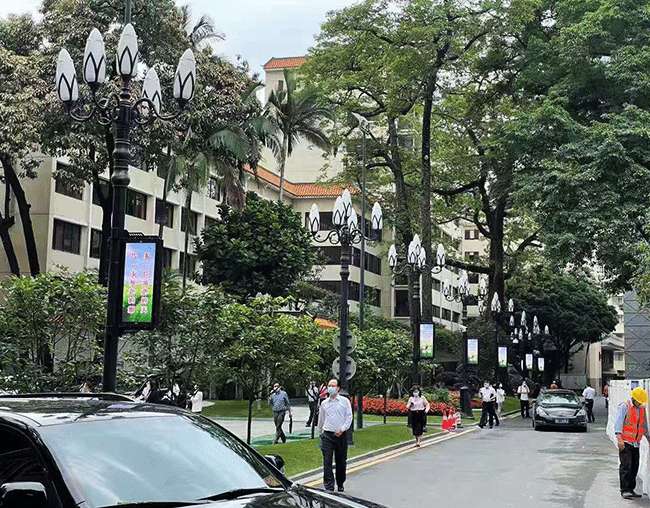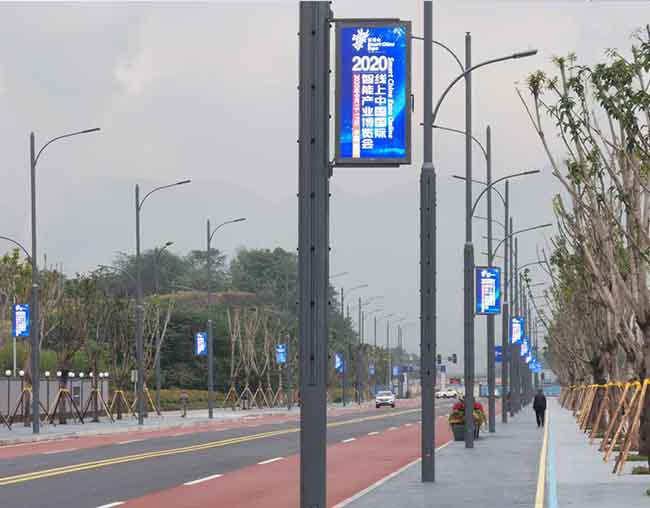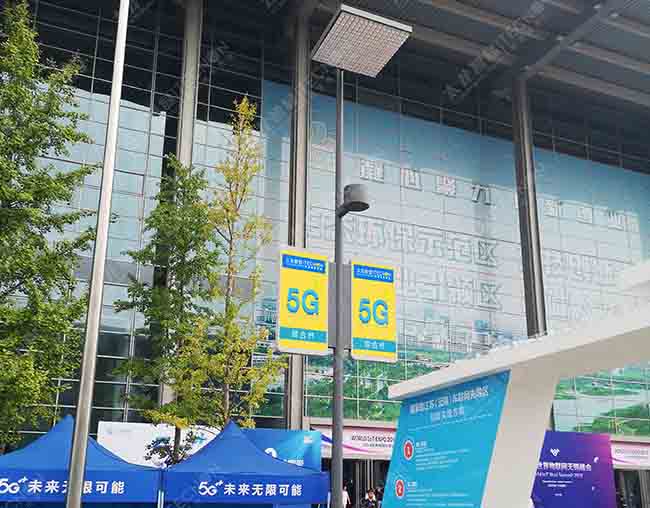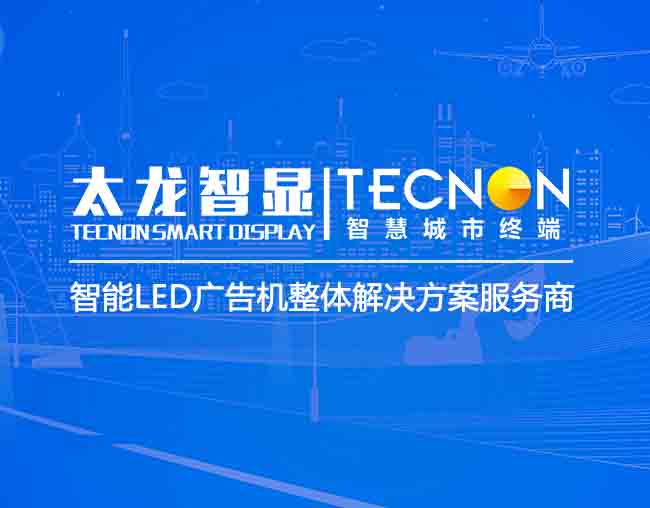Analysis of the "joint operation" mechanism and interconnection technology of smart lamp pole screens
In the construction of smart cities, smart lamp pole screens, as the core carrier of information interaction, have achieved a leapfrog upgrade from a single display terminal to a multi-functional urban service node through collaborative linkage with a variety of devices.
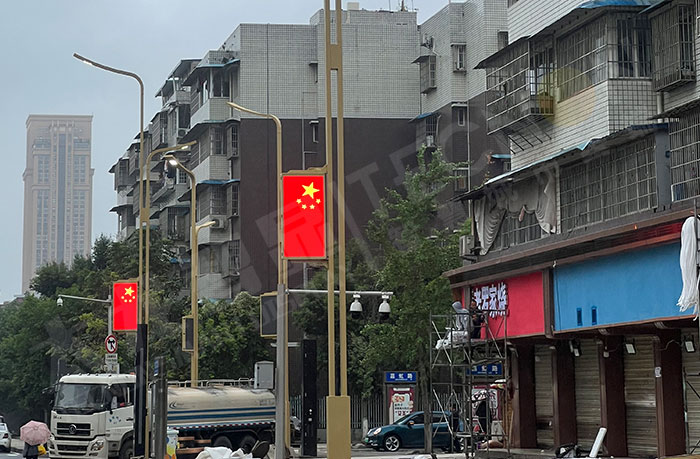
Unified management of device access is achieved through smart lamp pole gateways, supporting interface protocol conversion such as RS485, RJ45, and LoRa. As a data transfer station, the gateway aggregates and processes data from devices such as cameras, sensors, and sound columns, and uploads them to the cloud platform through 5G/fiber networks. The gateway has a built-in edge computing module that can localize real-time data. Adopt a multi-mode communication solution: low-power sensors use NB-IoT to transmit environmental data, video streams are high-speed backhauled through the 5G network, and device control instructions are issued through Wi-Fi or fiber.
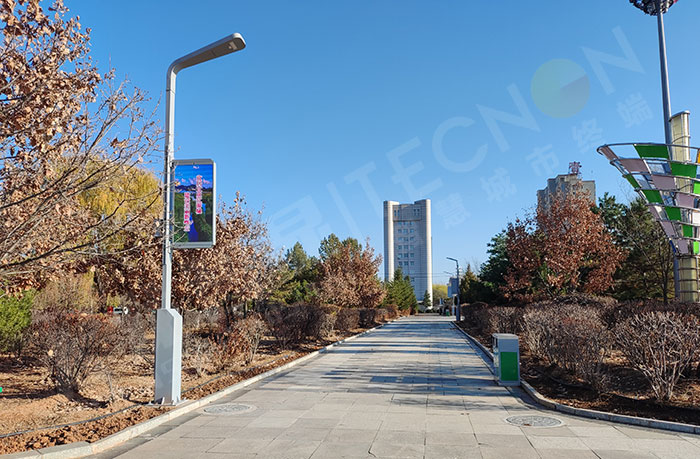
When the speed radar detects that the vehicle is speeding, the smart lamp pole screen displays the speed and speed limit information in real time, and plays a voice warning through the sound column at the same time, forming a triple warning of "radar + display + sound column". The gateway receives radar data through the Modbus protocol, generates an alarm strategy through edge computing, and triggers the MP3 audio file playback of the sound column. When the PM2.5 sensor detects that the air quality exceeds the standard, the smart lamp pole screen dynamically displays the pollution index, and the sound column plays voice prompts such as "it is recommended to wear a mask". Environmental data is uploaded to the cloud platform through the MQTT protocol, combined with the data of the Meteorological Bureau to generate comprehensive warning information, and then sent to the smart lamp pole screen in the designated area.
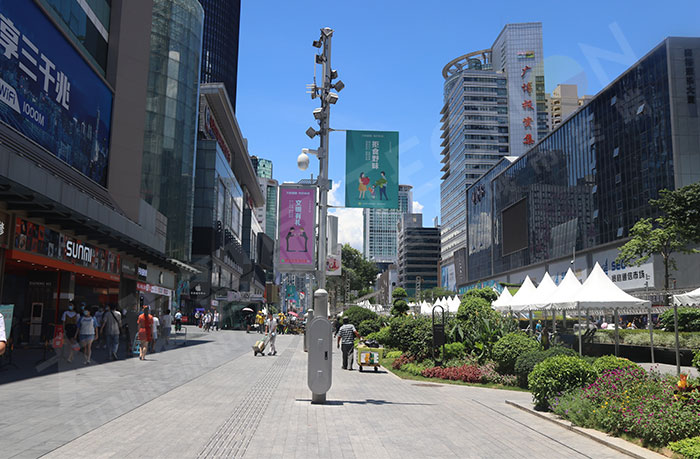
After pressing the emergency button, the camera automatically turns to the location of the person seeking help, and the smart lamp pole screen displays the prompt "Rescue in progress", and synchronizes the scene to the large screen of the command center. In the Wanglong Road project in Fuzhou, cameras on multiple lamp poles can shoot the scene of the traffic accident from different angles. After cloud AI analysis, the surrounding smart lamp pole screens are linked to issue detour instructions. The digital twin technology is used to build a three-dimensional visualization interface, which can monitor the status of more than 100,000 devices in real time and optimize the linkage strategy through AI algorithms.
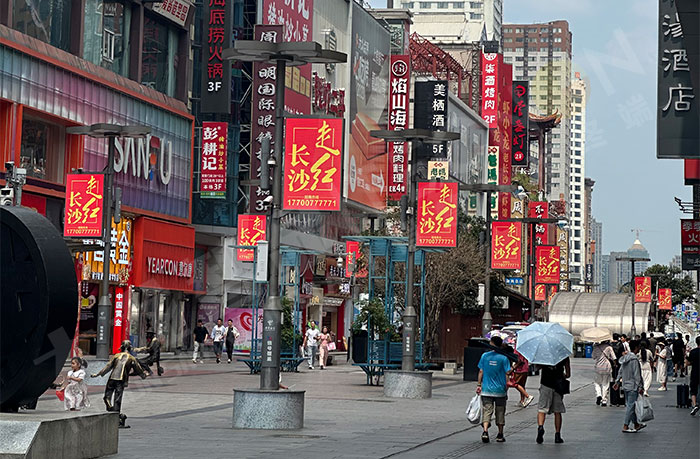
Henan Xinyang piloted the "lamp pole apron + drone" mode, and the drone cruise data was transmitted back to the lamp pole screen in real time for scenes such as construction site inspection and traffic control, and the monitoring range was extended to a radius of 500 meters. Hangzhou's "City Brain" project realizes the linkage between the lamp pole screen and the bus dispatching system, and the bus arrival information is accurately displayed with an error of less than 15 seconds.
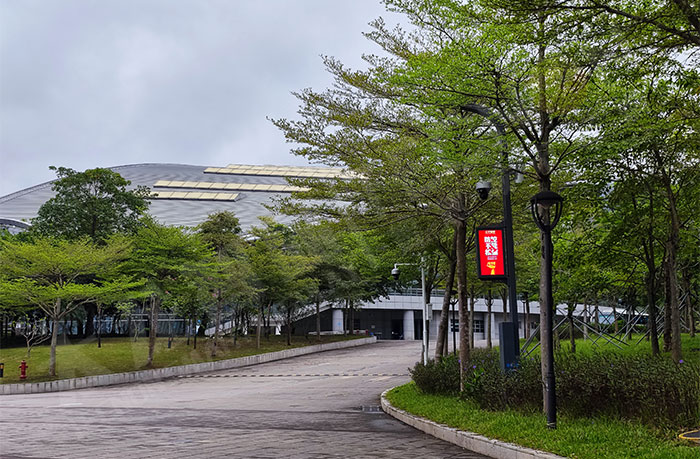
The joint operation mechanism of the smart lamp pole screen is essentially a triple innovation of IoT device collaboration, edge-cloud computing integration, and urban service scene reconstruction. With the development of 5G-A and AI large model technology, the smart lamp pole screen may evolve into a "city neuron" with autonomous decision-making capabilities, and promote smart cities into a new stage of active service through deeper human-machine-object collaboration.




